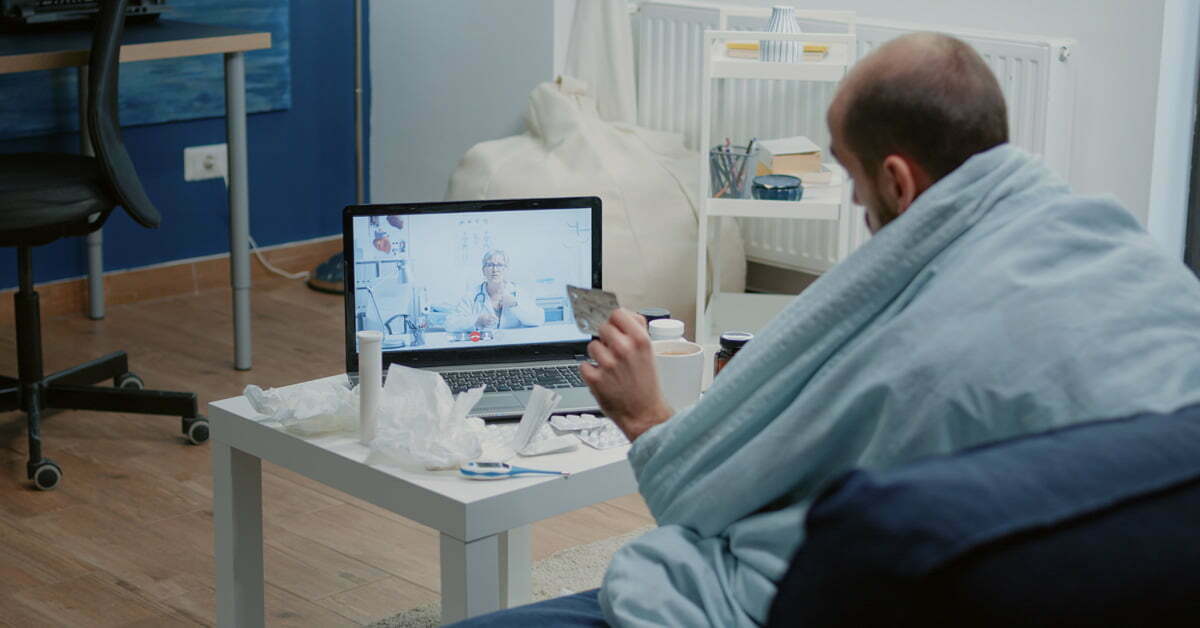In today’s rapidly evolving healthcare landscape, telehealth and telemedicine have emerged as indispensable tools in expanding access to care. These innovative technologies bridge the gap between patients and healthcare providers, offering convenient and efficient ways to deliver medical services remotely. According to FCC, telehealth is like telemedicine but includes a wider variety of remote healthcare services beyond the doctor-patient relationship while telemedicine can be defined as using telecommunications technologies to support the delivery of all kinds of medical, diagnostic and treatment-related services usually by doctors. Both have different meanings, but they focus on leveraging technology to enhance quality healthcare remotely.
Telehealth Services: Revolutionizing Healthcare Delivery
Telehealth services encompass a wide range of healthcare activities, from virtual consultations to remote monitoring and beyond. According to the American Hospital Association, 76% of U.S. hospitals connect with patients and consulting practitioners from a distance through the use of video and other technology. With the advent of advanced communication technologies, patients can now access quality healthcare from the comfort of their homes, eliminating the need for travel and reducing wait times.
Telehealth Innovation: Pioneering Solutions for Modern Healthcare Challenges
Innovation lies at the heart of telehealth, driving advancements that revolutionize how healthcare is delivered and accessed. During the COVID-19 pandemic, Telehealth innovation rose and looks for better ways to help and provide care for people with chronic diseases. DrKumo a digital health solution company in California along with other e-health services, are constantly pushing the boundaries of technology to develop new solutions that address the evolving needs of patients and providers alike.
Telehealth Programs: Empowering Patients and Providers Alike
Telehealth programs empower patients by giving them greater control over their care journey. Through virtual consultations and remote monitoring, individuals can proactively manage their health, leading to improved outcomes and enhanced quality of life. For healthcare providers, telehealth programs offer greater flexibility and efficiency in delivering care, enabling them to reach a broader patient population and optimize resource allocation.
Telemedicine Services: Transforming the Doctor-Patient Relationship
Telemedicine services represent a paradigm shift in the traditional doctor-patient relationship. By leveraging technology to facilitate remote consultations and diagnosis, telemedicine breaks down barriers to care, particularly for individuals in underserved or remote areas.
Online Medical Advice: Accessible and Reliable Healthcare Information
One of the key benefits of telemedicine is the accessibility of medical advice. Patients can seek online medical advice from qualified healthcare professionals without the constraints of time or location, ensuring timely interventions and peace of mind.
Remote Care Management: Personalized Support Wherever You Are
Remote care management empowers patients with chronic conditions to take control of their health journey. Through remote monitoring and regular check-ins with healthcare providers, individuals receive personalized support and guidance, leading to better management of their condition and reduced hospitalizations.
Virtual Health Monitoring: Proactive Healthcare at Your Fingertips
Virtual health monitoring enables real-time tracking of vital health metrics, allowing healthcare providers to intervene promptly in case of any abnormalities. This proactive approach to healthcare not only improves patient outcomes but also reduces healthcare costs associated with preventable complications.
In conclusion, telehealth and telemedicine have been evolving and become fundamental in transforming the landscape of healthcare, making it more accessible, efficient, and patient-centered. In DrKumo as a digital health solution, have not only reduced barriers to care for those in remote or underserved areas but have also provided innovative solutions for chronic disease management. By leveraging telehealth and telemedicine, healthcare providers can offer more flexible, timely, and comprehensive care, ultimately improving patient outcomes and satisfaction. As we move forward, the continued advancement and integration of these digital health solutions will be crucial in addressing modern healthcare challenges and ensuring that quality care of life makes it accessible to all.








